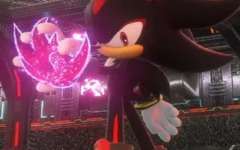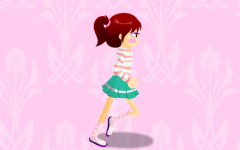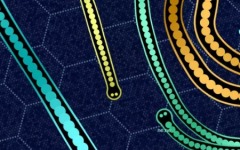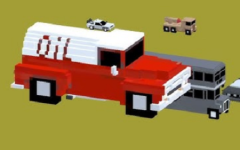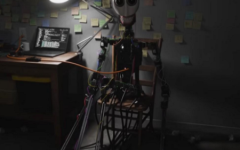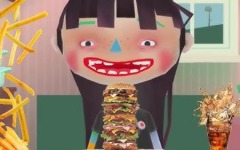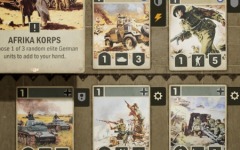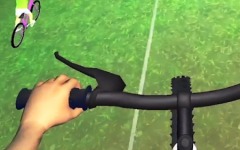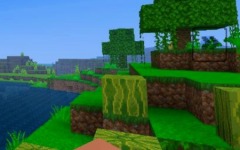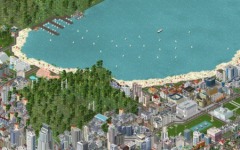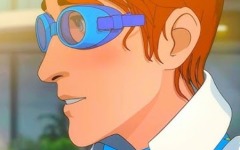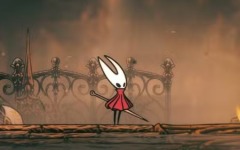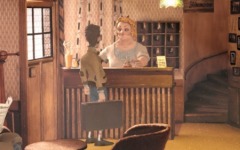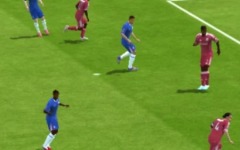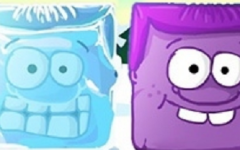Advertisement
DDLC Emulated
Advertisement

When you open DDLC Emulated, it looks like you’ve stepped into an old game console instead of a PC visual novel. The interface imitates a retro emulator, complete with on-screen borders, system menus, and occasional static lines that make the familiar world of the literature club feel slightly distant. It’s still the same cast of characters and story you know from DDLC, but the layer of presentation makes every scene feel like it’s being replayed from another time, as if you’ve found a strange copy of the game on an old cartridge. This change in style doesn’t alter the main plot, but it changes how you experience it.
Emulator-Style Presentation
The emulator overlay transforms every moment of gameplay. Dialogue appears in a lower-resolution text box, sprites show slight pixelation, and transitions have a slower, almost mechanical feel. The menus don’t look like a modern interface—you navigate through simulated console commands. Instead of just starting a scene, it feels like you’re loading it from an old memory card. This approach builds a sense of detachment, making even cheerful moments seem faintly unreal.
Main Features Of The Experience
- A visual filter that mimics old display technology
- Audio effects with slight distortion or static
- Console-like menus and boot-up sequences
- Preserved gameplay systems from the original DDLC
- Narrative pacing identical to the base game but with altered atmosphere
Familiar Story, Different Lens
The interactions with Sayori, Natsuki, Yuri, and Monika still follow the same sequence of choices, poems, and events. The shift to an emulator view changes your emotional distance—you’re aware of the game’s artificiality sooner, and the moments when the fourth wall breaks feel even sharper.
Why This Version Stands Out
DDLC Emulated doesn’t rewrite the story; instead, it reframes it. The emulator layer gives the experience a nostalgic yet unsettling edge, drawing attention to the mechanics of playing as much as to the narrative itself. By blending old-school aesthetics with the psychological tone of DDLC, it invites players to reconsider how presentation shapes perception. You’re still in the literature club—but now, it feels like you’re visiting through a screen that was never meant to be opened again.





















































































































